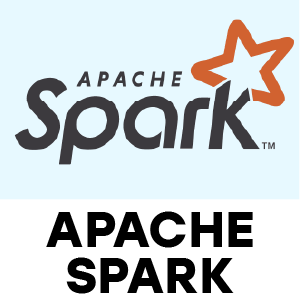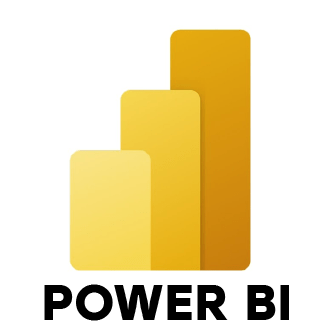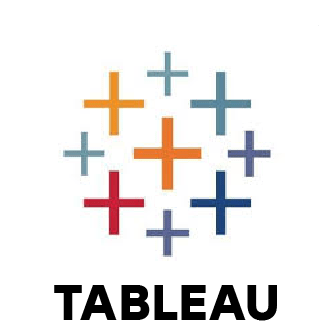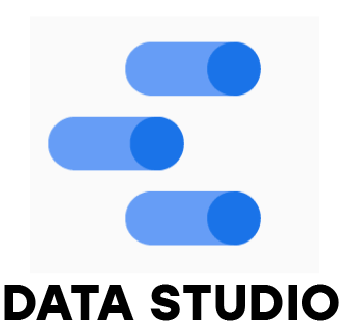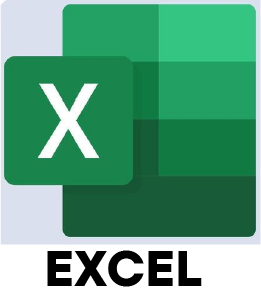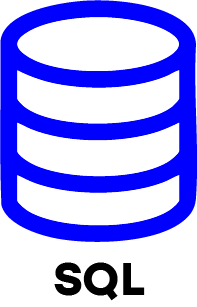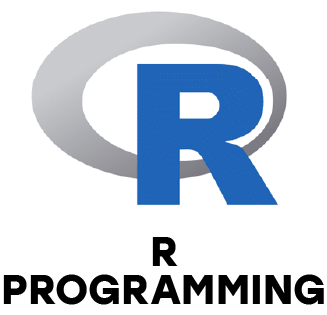1. What is a data analyst, and what are their primary responsibilities?
Ans:
A data analyst gathers, organizes, and evaluates data to assist companies in making wise choices. Data cleaning, database querying, report creation, trend visualization, and data-driven strategy support are among the duties.
2. Explain the differences between data analysis and data science.
Ans:
- Data analysis focuses on interpreting existing data to draw insights.
- Data science includes data analysis but also involves building predictive models, machine learning, and advanced algorithms to uncover deeper insights.
3. What tools and technologies do you use for data analysis?
Ans:
- SQL for querying databases
- Excel for quick analysis and reporting
- Python (Pandas, NumPy) or R for deeper analysis
- Tableau or Power BI for visualization
- ETL tools like Talend, Alteryx, or Excel Power Query for data preparation
4. What is SQL, and how is it used in data analysis?
Ans:
Relational database interaction is done with SQL (Structured Query Language). It allows analysts to extract, filter, join, and manipulate data needed for analysis.
5. What is a primary key, and why is it important in a database?
Ans:
Every row in a table is uniquely identified by its main key, ensuring data integrity and enabling reliable joins between tables.
6. What are some common data formats used in data analysis?
Ans:
- CSV
- Excel
- JSON
- XML
- SQL databases
- Parquet and ORC
7. How do you define and measure data quality?
Ans:
The correctness, completeness, consistency, timeliness, and validity of data are all considered aspects of data quality. evaluated using metrics like as validation rule checks, null counts, duplicate ratios, and outlier frequency.
8. Describe the role of a data analyst in a project team.
Ans:
In order to collect requirements, prepare and analyze data, visualize insights, and provide evidence based decision making a data analyst works in alongside engineers, data scientists and business stakeholders.
9. What is the significance of data-driven decision making?
Ans:
It enables businesses to base decisions on objective insights rather than intuition, leading to improved performance, reduced risk and better strategic planning.
10. How do you make sure that your data is accurate and complete?
Ans:
By validating data sources, applying data cleaning steps, checking for inconsistencies, performing spot checks, and documenting all transformations and assumptions.





